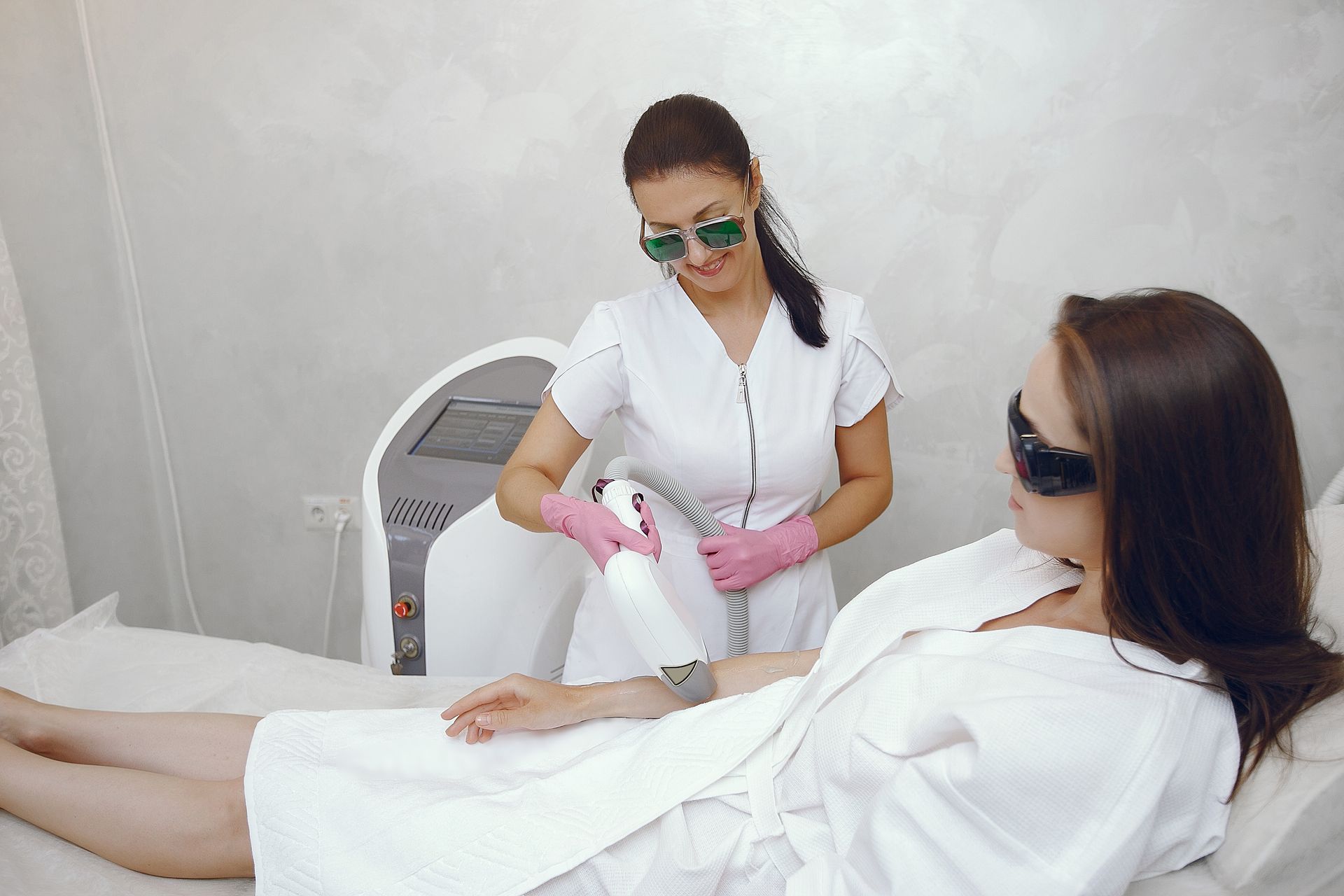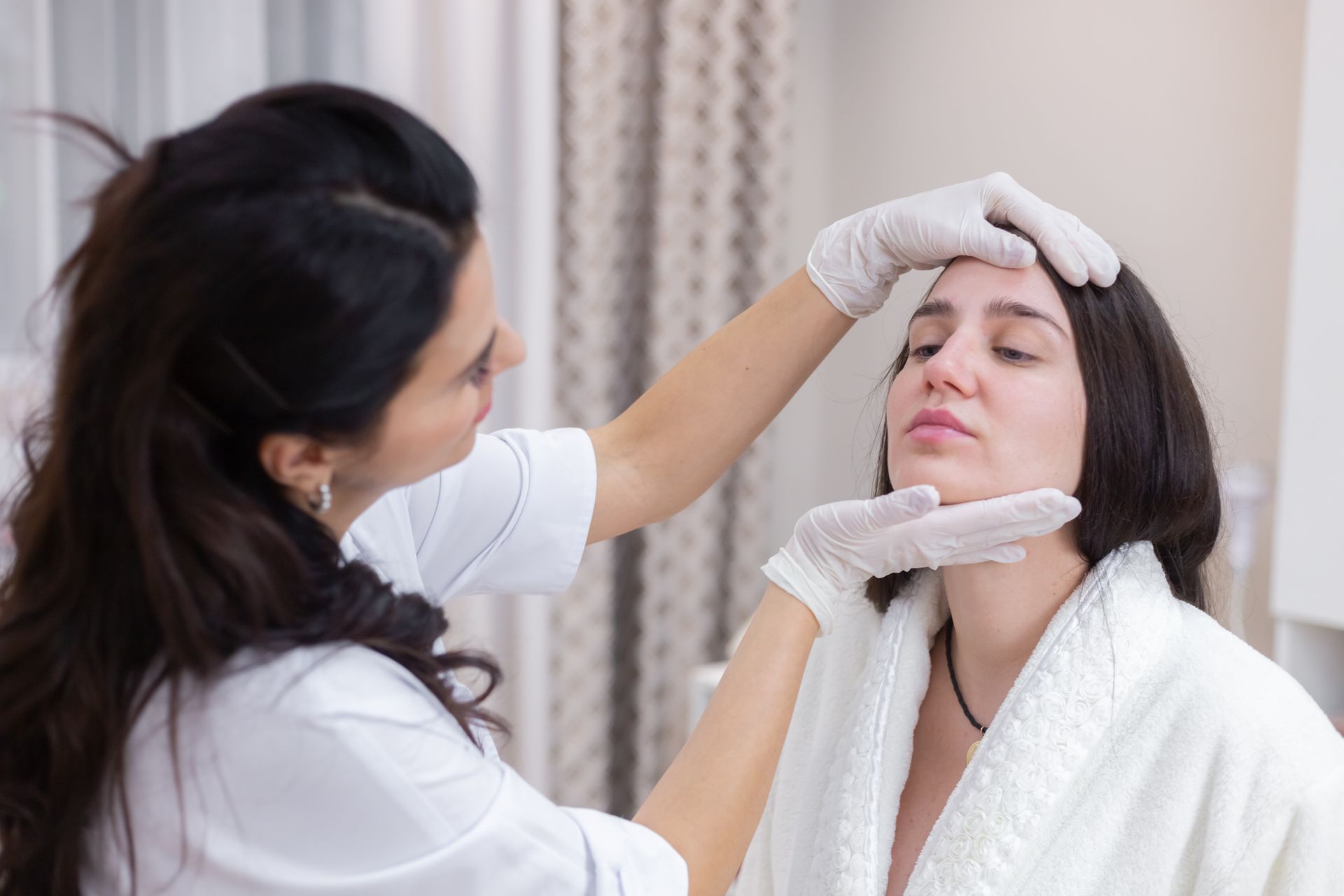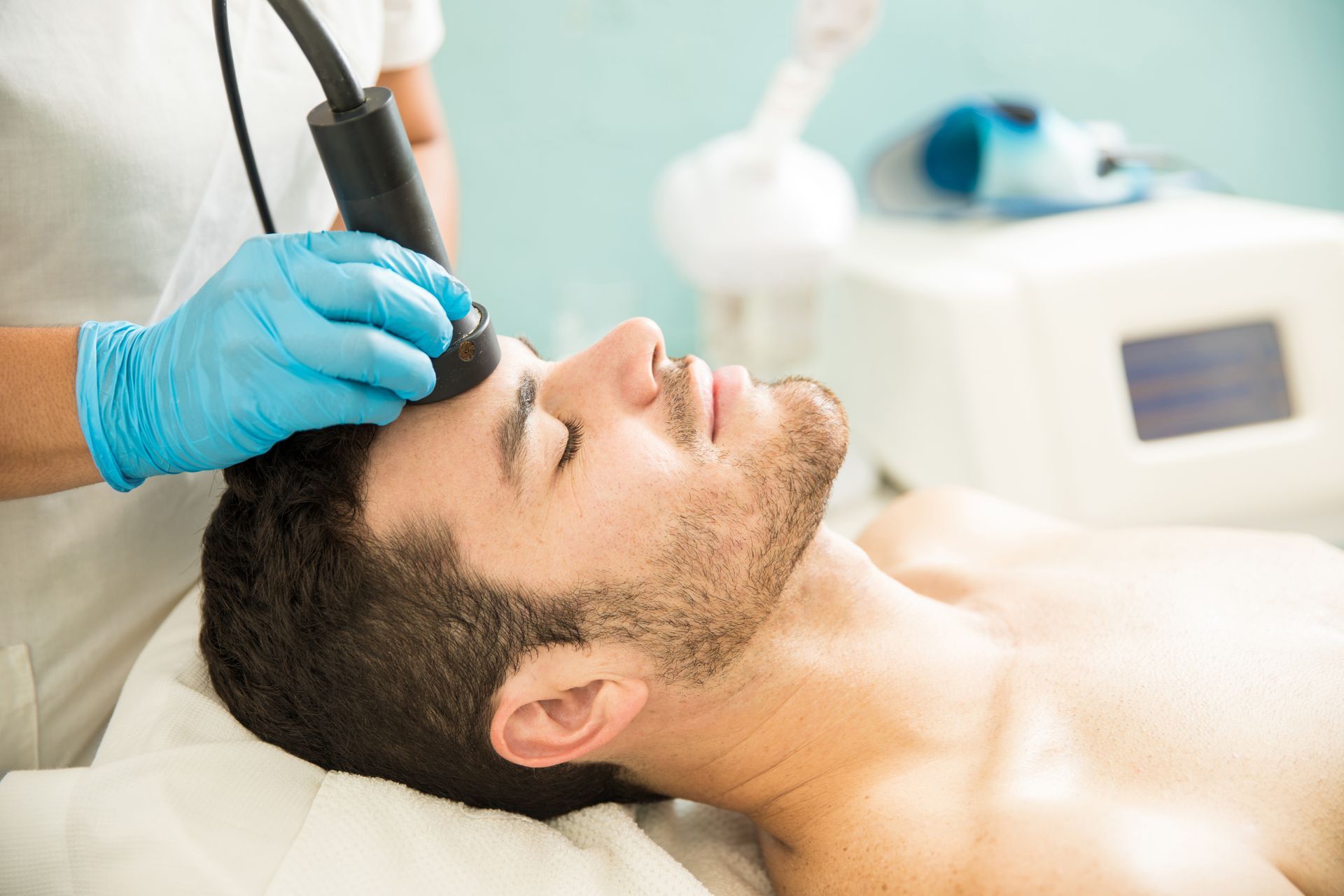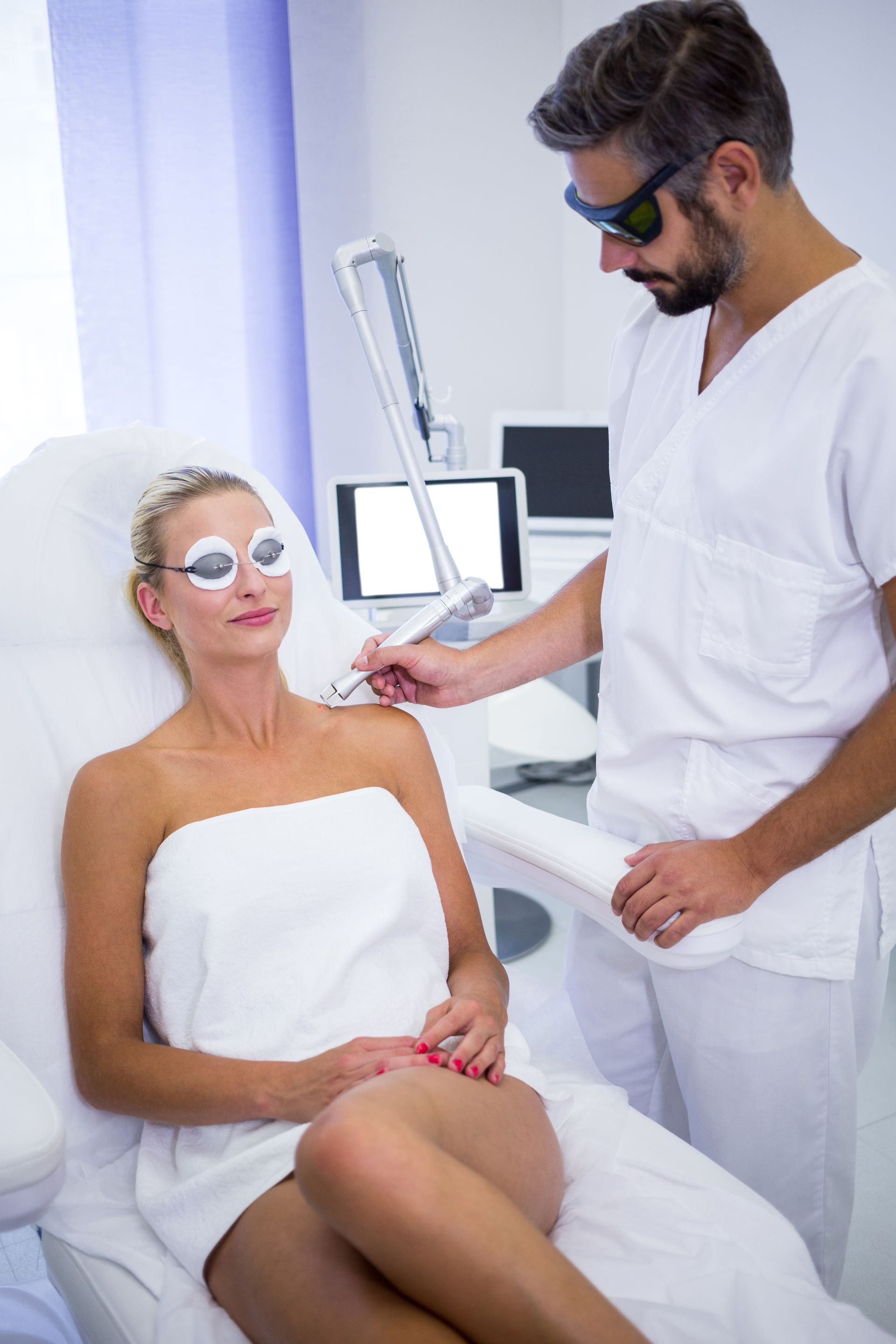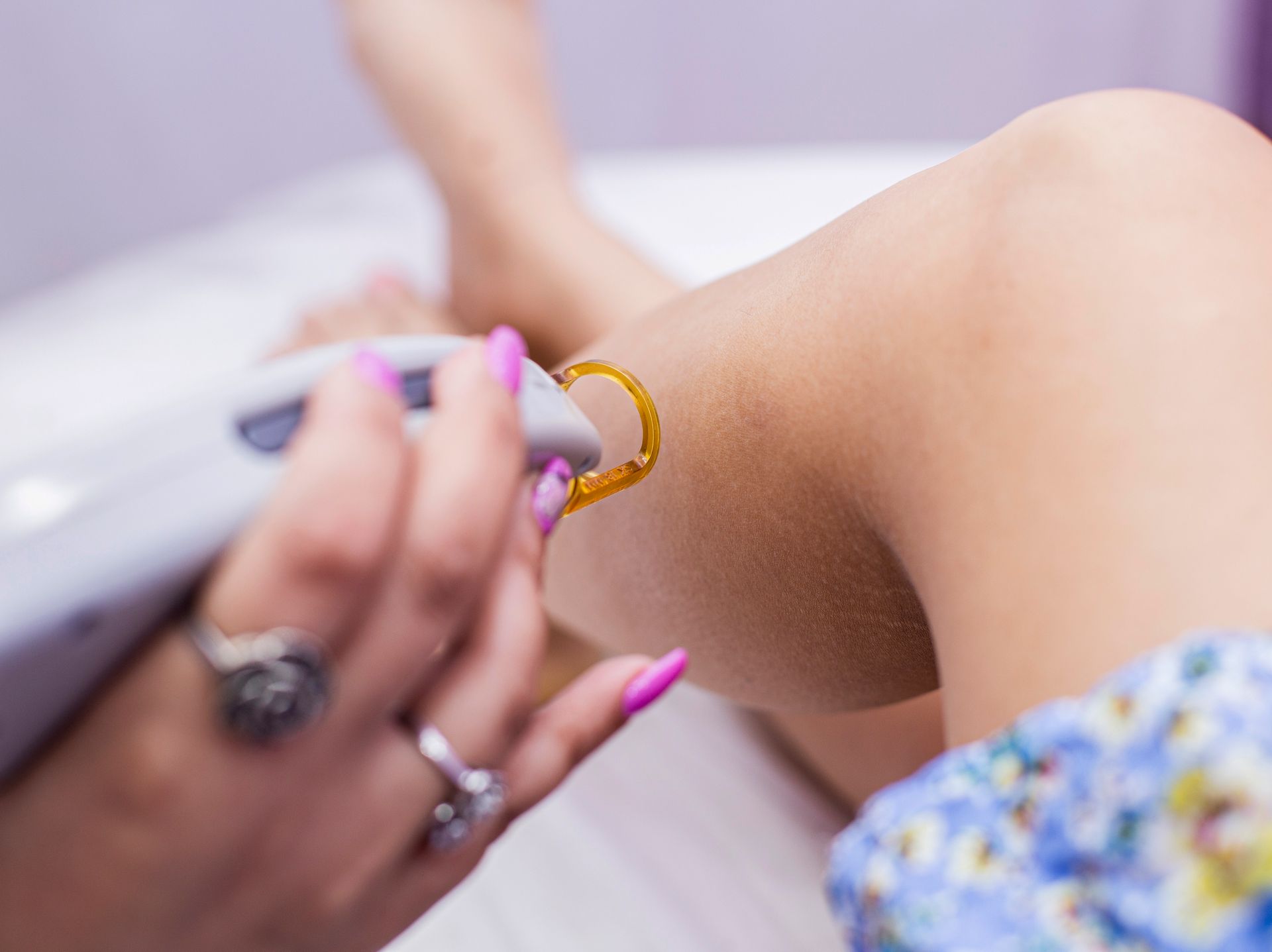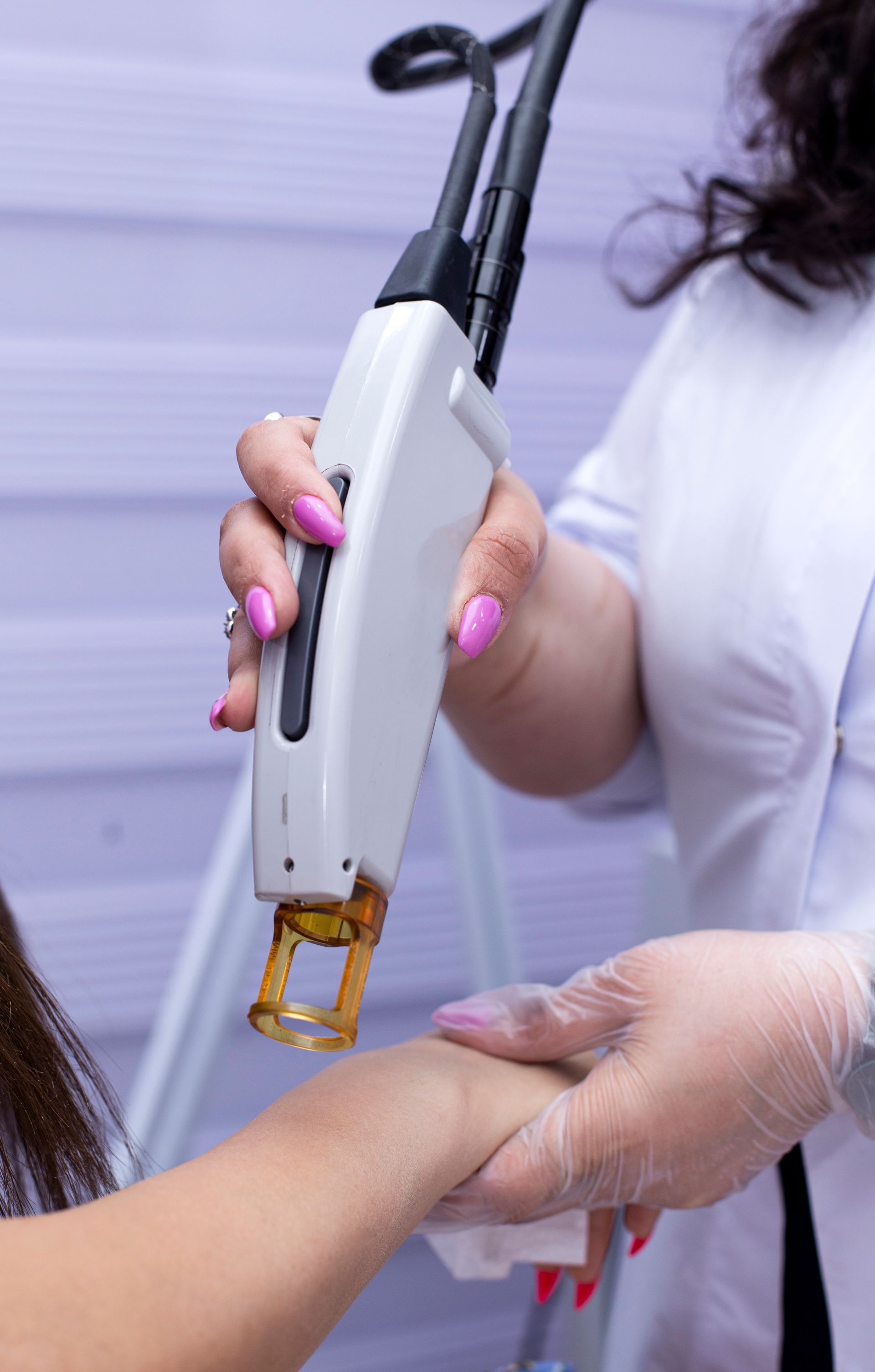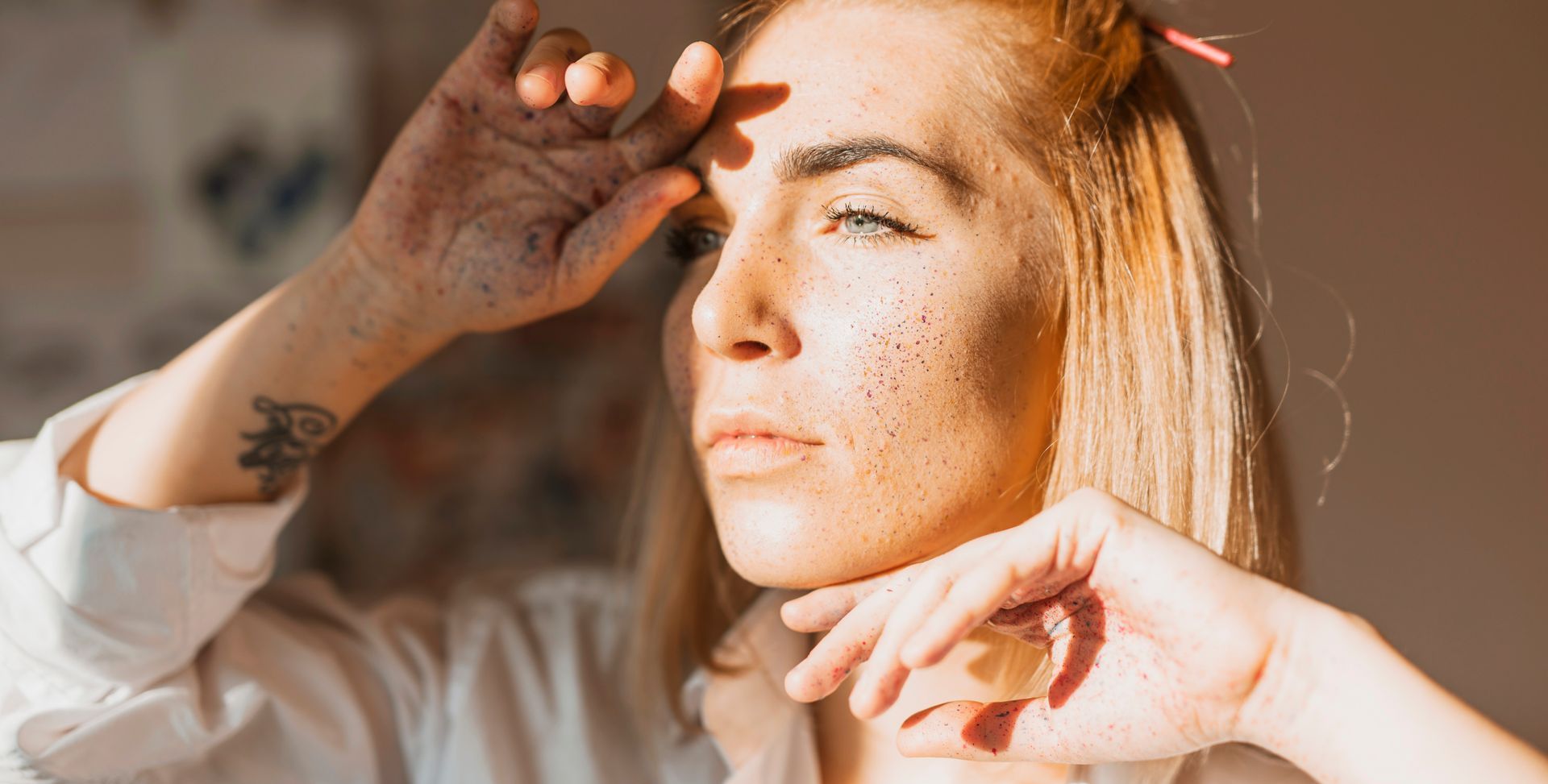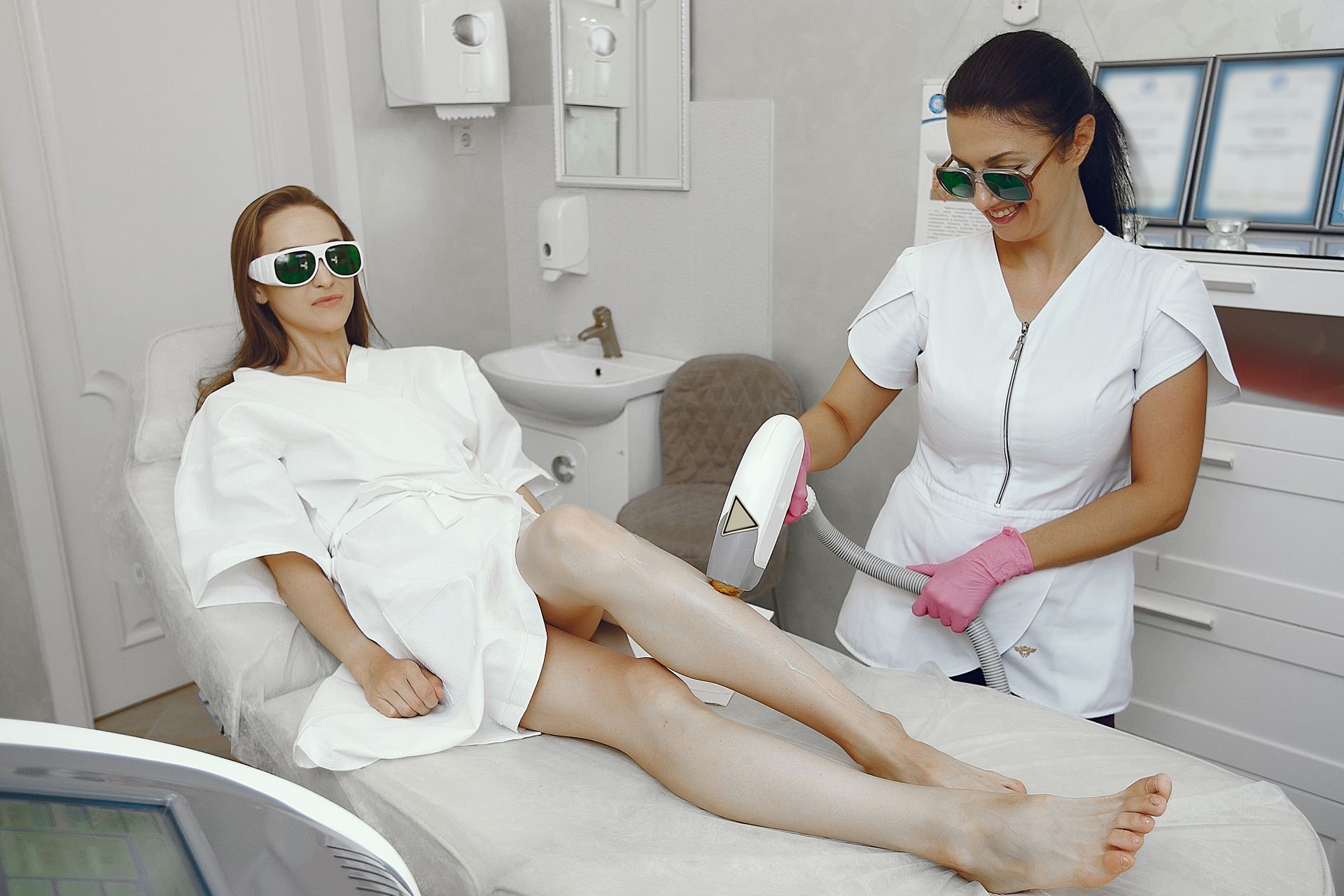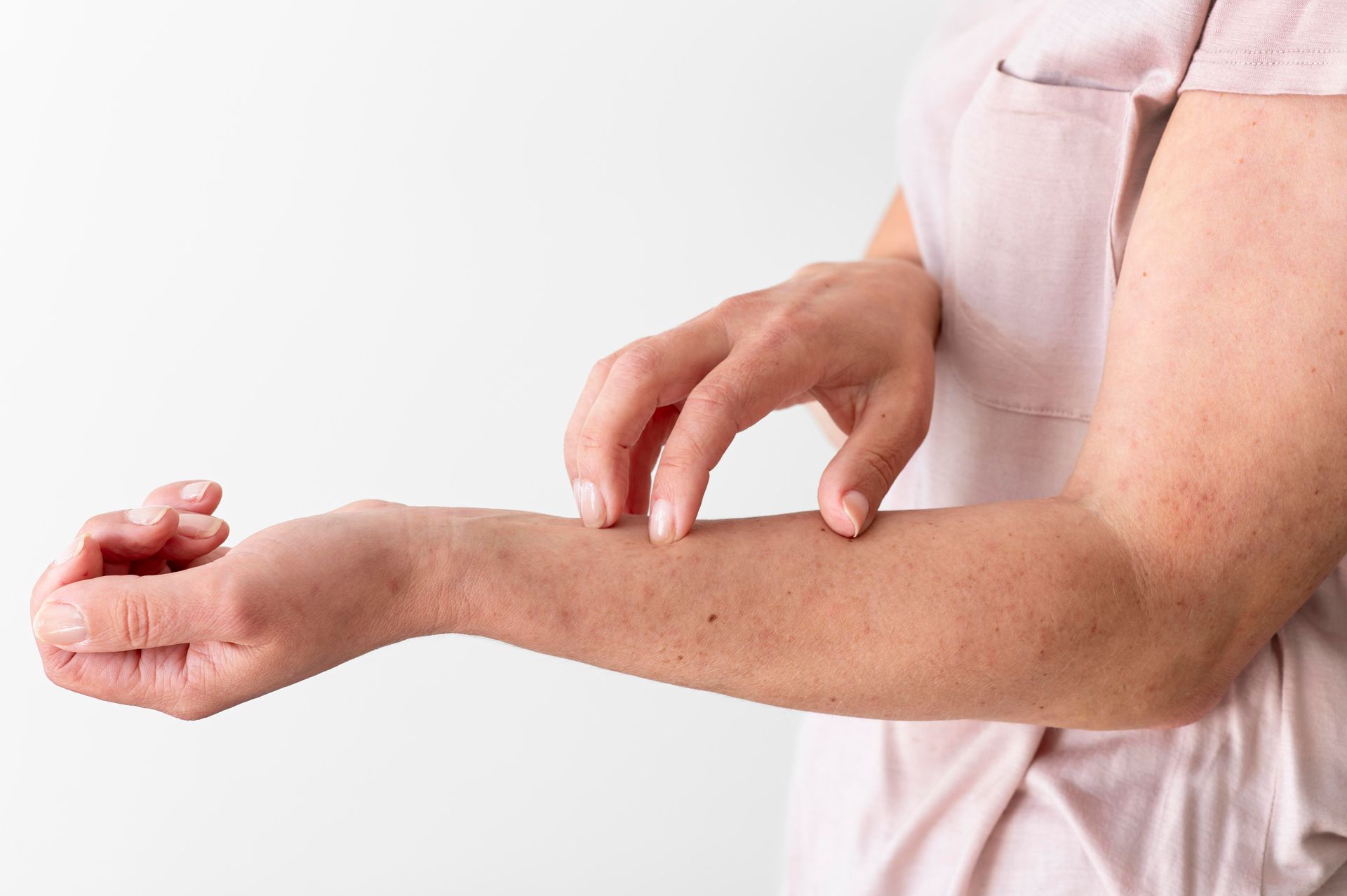Can You Go Swimming After Laser Hair Removal?
Laser hair removal is one of the most effective ways to say goodbye to unwanted hair for good—but it also comes with a few post-treatment rules. One of the most common questions people ask is:
“Can I go swimming after laser hair removal?”
If you’re planning a beach trip or love your daily pool sessions, it’s important to know when and how to safely dive back into the water after your treatment. This guide breaks down everything you need to know—from how laser affects your skin to when it’s safe to swim and how to care for your skin before and after.
How to Sleep Comfortably After Laser Hair Removal
What Happens to Your Skin After Laser Hair Removal?
Laser hair removal works by sending concentrated light energy into hair follicles. The pigment in the hair absorbs this light, damaging the follicle and slowing down future growth.
However, after treatment, your skin becomes extra sensitive. The laser generates heat, leaving the treated area slightly inflamed, red, and tender. You may even notice a sunburn-like sensation or small bumps—this is completely normal and temporary.
That’s why aftercare is crucial. Any exposure to bacteria, friction, heat, or chemicals too soon can irritate the skin and affect results—and yes, that includes swimming.
So, Can You Go Swimming After Laser Hair Removal?
Not immediately.
Experts recommend waiting at least
48 hours after your session before swimming—sometimes longer, depending on your skin’s reaction.
Right after treatment, your skin’s natural barrier is weakened, meaning it’s more prone to infection and irritation. Swimming too soon—whether in a pool, hot tub, or the ocean—can lead to itching, redness, stinging, or even small rashes.
Why Swimming After Laser Hair Removal Isn’t Safe Immediately
Let’s break down why taking that quick dip is a bad idea right after your appointment:
1. Chlorine Irritates Sensitive Skin
Chlorinated pool water is full of chemicals that can dry out and inflame freshly treated skin. It might sting, burn, or cause redness, especially if you have fair or sensitive skin. Chlorine also strips away natural oils, which your skin needs for recovery.
2. Bacteria in Pools or Natural Water
Even the cleanest pool or ocean contains bacteria. Post-laser, your pores are open—making it easier for bacteria to enter and cause folliculitis or infection.
Saltwater and lake water can also be abrasive, worsening redness and irritation.
3. Friction and Movement
Swimming involves body movement, rubbing against swimsuits, and contact with water currents—all of which can irritate the skin and delay healing.
4. Heat and Sun Exposure
Many people swim outdoors, which means exposure to UV rays. After laser, your skin is especially sensitive to sunlight, and even short exposure can cause hyperpigmentation or burns.
When Can You Safely Swim After Laser Hair Removal?
The general rule is:
Wait at least 48–72 hours before swimming, or until:
- Redness and sensitivity have completely subsided.
- The treated skin feels normal to the touch.
- There are no visible bumps, irritation, or discomfort.
For those with sensitive skin, or if you’ve had treatment on delicate areas (like the face or bikini line), waiting up to 5–7 days is even better.
Always check with your laser technician—they’ll advise based on your skin type and treatment area.
How to Prepare Before Swimming After Laser Hair Removal
Once your skin is healed and you’re ready to swim, here’s how to do it safely:
1. Apply Sunscreen Generously
Use a broad-spectrum SPF 50+ sunscreen before heading outdoors. Reapply every two hours—especially after swimming—to protect from UV rays and prevent pigmentation.
2. Moisturize the Skin
Replenish hydration before and after swimming. A gentle, fragrance-free moisturizer or aloe vera gel helps strengthen your skin barrier and soothe dryness caused by chlorine or salt.
3. Rinse Immediately After Swimming
After leaving the pool or beach, rinse your skin thoroughly with cool, clean water to wash off any chemicals or salt. Pat dry—don’t rub.
4. Avoid Harsh Products
Skip exfoliants, retinoids, or perfumed lotions for at least 3–5 days after swimming. Your skin may still be delicate.
5. Stay Out of Hot Tubs
Hot tubs contain more concentrated chlorine and higher temperatures—a combination that can seriously irritate post-laser skin. Wait at least a week before using one.
Signs You Swam Too Early
If you accidentally swam too soon after your session, watch for these warning signs:
- Burning or stinging sensations
- Increased redness or swelling
- Tiny white or red bumps (folliculitis)
- Itchy or peeling skin
If symptoms persist for more than a couple of days, apply a soothing aloe vera gel and consult your laser technician or dermatologist.
How to Speed Up Healing After Laser Hair Removal
The faster your skin heals, the sooner you can return to your favorite pool or beach day. Here’s how to care for your skin immediately after your session:
- Keep it cool: Use a cold compress or thermal spring water spray.
- Moisturize lightly: Apply fragrance-free moisturizers twice daily.
- Avoid heat and sweat: Skip saunas, gyms, or hot showers for 24–48 hours.
- Wear loose clothing: Allow your skin to breathe and avoid friction.
- Stay hydrated: Drink plenty of water to support your skin’s recovery.
Laser Hair Removal and Swimming: Common Myths
Let’s debunk a few misconceptions floating around (pun intended!):
Myth 1: “If my skin looks fine, I can swim the same day.”
False. Even if your skin looks calm, it’s still healing beneath the surface. Microscopic irritation can still occur.
Myth 2: “Saltwater is natural, so it’s safe.”
Not quite. Salt can sting and dry out freshly treated skin.
Myth 3: “Wearing sunscreen before swimming protects enough.”
Sunscreen helps with UV protection, but it doesn’t prevent irritation from chlorine or bacteria.
Final Thoughts: Wait, Then Dive In
While laser hair removal gives you the freedom of smooth, hair-free skin, it also requires a bit of patience. Swimming right after your session may seem tempting, but it’s not worth the risk of irritation or infection.
Give your skin time—48 to 72 hours at minimum—to heal before jumping into any pool, ocean, or hot tub. Once the redness and sensitivity are gone, you can swim worry-free and enjoy your glowing, smooth results.
Think of it as a small pause before the ultimate reward: carefree, confident skin all summer long.
BOOK YOUR FREE SESSION
